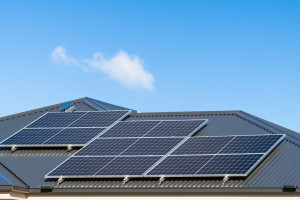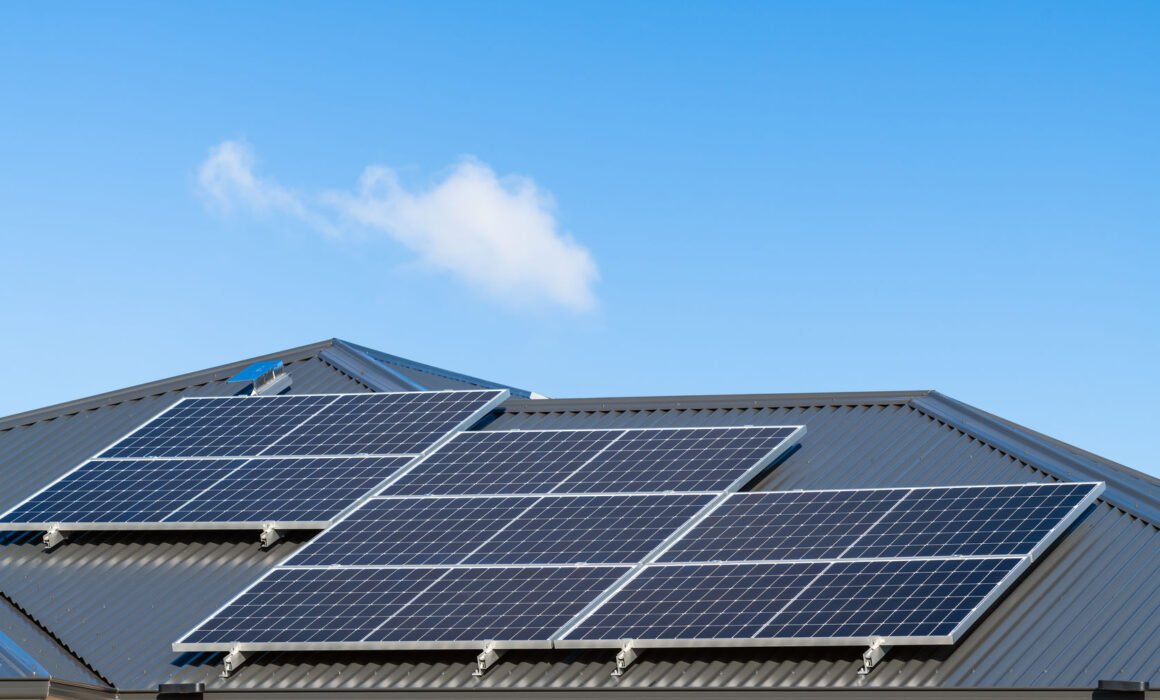Innovations and advancements in roofing systems for improved energy efficiency
 As sustainability and energy efficiency become increasingly important in the construction industry, innovations in roofing systems have taken center stage. A well-designed and energy-efficient roof can significantly impact a building’s energy consumption and environmental footprint. Here at McNeil Engineering, we have been a leader in the roofing industry since 1984, and we’d love to pass along our expertise.
As sustainability and energy efficiency become increasingly important in the construction industry, innovations in roofing systems have taken center stage. A well-designed and energy-efficient roof can significantly impact a building’s energy consumption and environmental footprint. Here at McNeil Engineering, we have been a leader in the roofing industry since 1984, and we’d love to pass along our expertise.
In this blog post, we will explore the latest advancements in roofing systems that aim to improve energy efficiency. From cool roofs to green roofs and solar-integrated systems, these innovations are reshaping how we think about roofs and their role in sustainable building practices.
Cool roofs
Cool roofs have gained significant attention recently for their ability to reflect sunlight and reduce heat transfer into the building. These roofs are designed to have high solar reflectance and thermal emittance, minimizing the absorption of solar radiation.
One common cool roofing technology is using reflective materials, such as white or light-colored coatings, tiles, or shingles. These surfaces can reflect a significant portion of solar energy, reducing the amount of heat absorbed by the building and lowering cooling loads. Additionally, cool roofs help mitigate the urban heat island effect, particularly in densely populated areas.
Cool roof coatings and membranes
In addition to using light-colored roofing materials, cool roof coatings, and membranes have emerged as practical solutions for enhancing energy efficiency. These coatings and membranes are applied to existing roofs, providing a reflective surface that reduces solar heat gain.
Cool roof coatings are typically white or light-colored and have high solar reflectance properties. They can be applied to various roof types, including asphalt, metal, or single-ply membranes. By increasing reflectivity, these coatings minimize heat absorption, keeping the building cooler and reducing the need for excessive air conditioning.
Moreover, cool roof membranes, such as thermoplastic white membranes, offer similar benefits. These membranes are highly reflective and durable, providing an additional layer of energy efficiency and weather resistance. They can be used in new roof installations or retrofitted onto existing roofs, enhancing performance and sustainability.
Green roofs
Green roofs, also known as living roofs or vegetated roofs, are another innovative approach to improving building energy efficiency. These roofs incorporate a layer of vegetation, providing numerous benefits beyond energy conservation.
Green roofs offer natural insulation, reducing heat transfer through the roof assembly. The vegetation acts as an extra thermal barrier, absorbing and dissipating heat, which can lead to lower cooling and heating requirements. Green roofs contribute to energy savings and reduced greenhouse gas emissions by reducing the demand for artificial climate control.
Moreover, green roofs enhance biodiversity and promote ecological balance. They provide habitats for plants, insects, and birds, contributing to urban biodiversity conservation. Green roofs also help manage stormwater runoff by absorbing and retaining rainwater, reducing strain on drainage systems, and improving water quality.
Solar-integrated roofing systems
Integrating solar power generation into roofing systems has gained significant traction as renewable energy becomes more prevalent. Solar-integrated roofing systems combine the functionality of a roof with solar panels, allowing buildings to generate clean and sustainable electricity.
There are various options for solar integration, including solar shingles, solar tiles, and solar panels integrated directly into roofing materials. These systems convert sunlight into electricity, reducing reliance on traditional energy sources and lowering utility costs. Solar-integrated roofing systems are particularly advantageous in areas with ample sunlight, as they can generate a significant portion of a building’s energy needs.
Additionally, advancements in solar technology have led to more efficient and aesthetically pleasing solar panels, making them increasingly suitable for integration into roofing systems. The seamless blending of solar panels with the roof’s design enhances the overall aesthetics of the building while harnessing renewable energy.
Dynamic roofing systems: Adapting to environmental conditions
Dynamic roofing systems incorporate advanced technologies that can adapt to changing environmental conditions, optimizing energy efficiency throughout the day and year. One example is using smart roof materials that change their properties based on temperature or sunlight exposure. These materials can transition between reflective and heat-absorbing states. During cooler periods, they reflect sunlight to maintain a comfortable indoor temperature. When exposed to sunlight, they absorb heat to provide insulation during colder periods, reducing the need for additional heating.
Additionally, integrating sensors and actuators within roofing systems allows for real-time adjustments based on environmental factors. For instance, sensors can detect temperature, humidity, or sunlight intensity changes. The data collected is then used to trigger adjustments in the roofing system, such as opening or closing vents, adjusting shading devices, or activating insulation layers, to optimize energy efficiency and occupant comfort.
Innovations and advancements in roofing systems are revolutionizing how we approach building energy efficiency. Cool roofs, green roofs, and solar-integrated systems offer sustainable solutions that reduce energy consumption, mitigate the urban heat island effect, enhance biodiversity, and harness renewable energy. These innovations are reshaping the construction industry, paving the way for greener and more energy-efficient buildings.
McNeil Engineering has been a leader in the roofing industry since 1984. We’d love to consult on your next roofing project. We offer construction oversight, roof overbuild design, roof condition analysis, and more. Connect with us today so we can work on your project with you!

